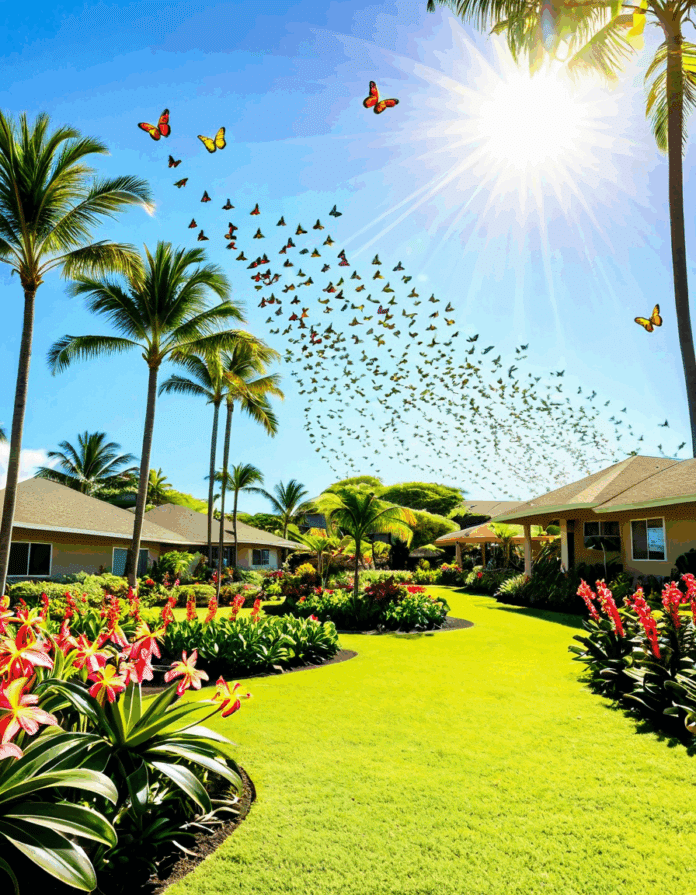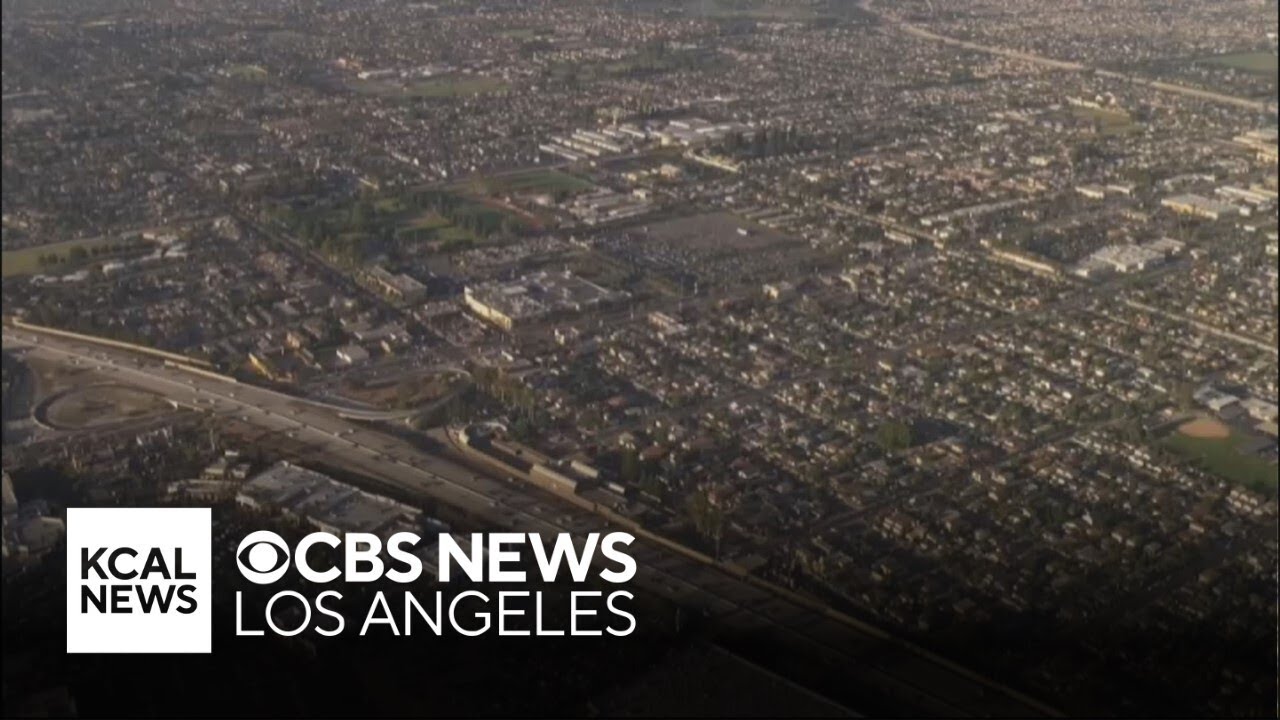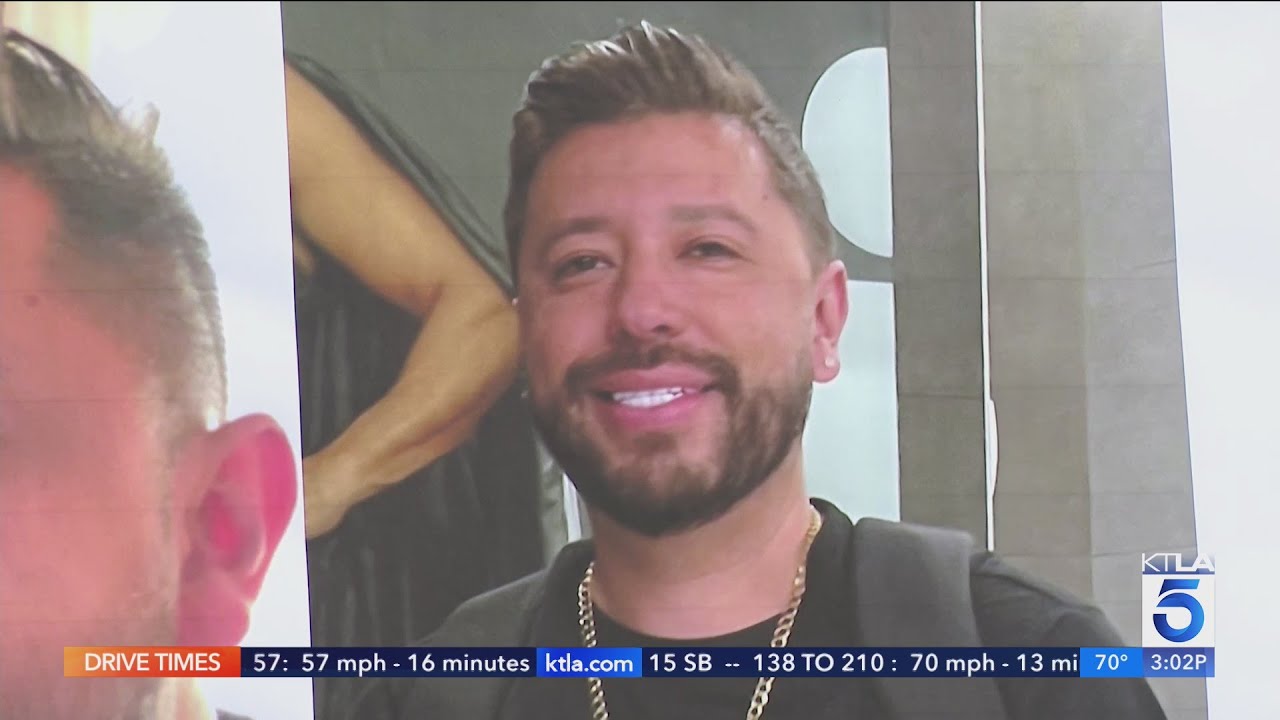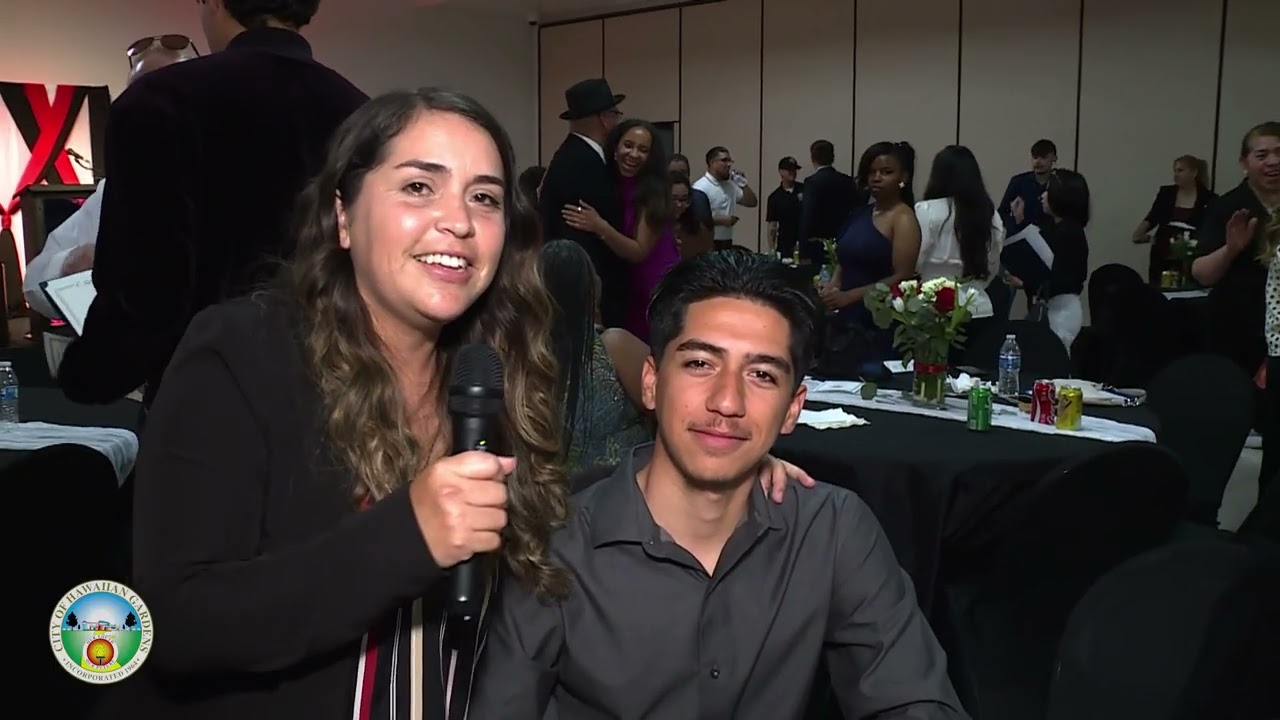Hawaiian gardens are a stunning celebration of nature, brimming with vibrant colors, exotic scents, and lush landscapes. They draw in nature lovers, botanists, and casual visitors alike, thanks to their unique flora and tranquil settings. From the coconut palms swaying in the gentle breeze to the vibrant hibiscus blossoms that invite admiration, Hawaiian gardens truly offer a slice of paradise. If you’re ready to immerse yourself in Hawaii’s natural beauty, check out our list of some of the most remarkable gardens on the islands in 2026.
Top 7 Hawaiian Gardens to Explore in 2026
Hawaiian gardens hold a reputation for their enchanting landscapes and diverse plant life. Here’s a rundown of the top seven that illustrate the beauty of Hawaii’s horticultural wonders.
Nestled within an extinct volcanic crater, the Koko Crater Botanical Garden sprawls over 60 acres. You’ll find an impressive assortment of native Hawaiian plants, cacti, and palms, all thriving in a rich ecosystem shaped by the island’s geological history. Take a stroll along the winding paths, and immerse yourself in the distinct environment and the serene atmosphere that this garden provides.
Right in downtown Honolulu, the Foster Botanical Garden boasts an impressive collection of tropical plants and trees, many of which are rare or endangered. Established in the 19th century, this historical garden plays a vital role in the conservation of Hawaiian biodiversity. Here, visitors can marvel at plant species that represent the rich history and culture of Hawaii, making it a must-visit for enthusiasts and casual visitors alike.
Situated on Kauai’s north shore, Limahuli Garden and Preserve is a testament to sustainable practices and cultural integration. This garden allows visitors to explore native plants alongside traditional Hawaiian agricultural methods. Hiking trails throughout the preserve pave the way for learning encounters about the crucial role plants play in Hawaiian history, making it not just a visual treat but also an educational experience.
Part of the National Tropical Botanical Garden, Allerton Garden showcases a seamless blend of art and nature. Here, you’ll find stunning landscapes, remarkable water features, and architectural elements that enhance the garden’s charm. This place isn’t just for wandering; it also places a strong emphasis on conservation and education, providing visitors insight into the efforts taken to preserve Hawaii’s unique ecosystem.
A unique blend of culture and nature awaits you at Waimea Valley. With lush gardens, historic sites, and a mesmerizing waterfall, this valley is a hub for both natural beauty and Hawaiian traditions. As you meander through the diverse plant life, you’ll also encounter cultural sites that tell profound stories of the native Hawaiian people.
Located in the picturesque Manoa Valley, the Lyon Arboretum is dedicated to preserving tropical plant species. Its extensive walking trails, lined with rare Hawaiian plants, invite exploration and fascination. Additionally, the arboretum offers educational programs, emphasizing the importance of conservation and responsible gardening practices while encouraging gardening enthusiasts to consider sustainability.
Less recognized but equally stunning, the Pu’u O Umi Reserve can be found on the Big Island. With its dramatic landscapes and home to various endangered species, this reserve exemplifies the delicate balance between environmental sustainability and Hawaiian culture. Guided tours deep dive into ecological education and promote awareness of the need for conservation efforts in these precious ecosystems.
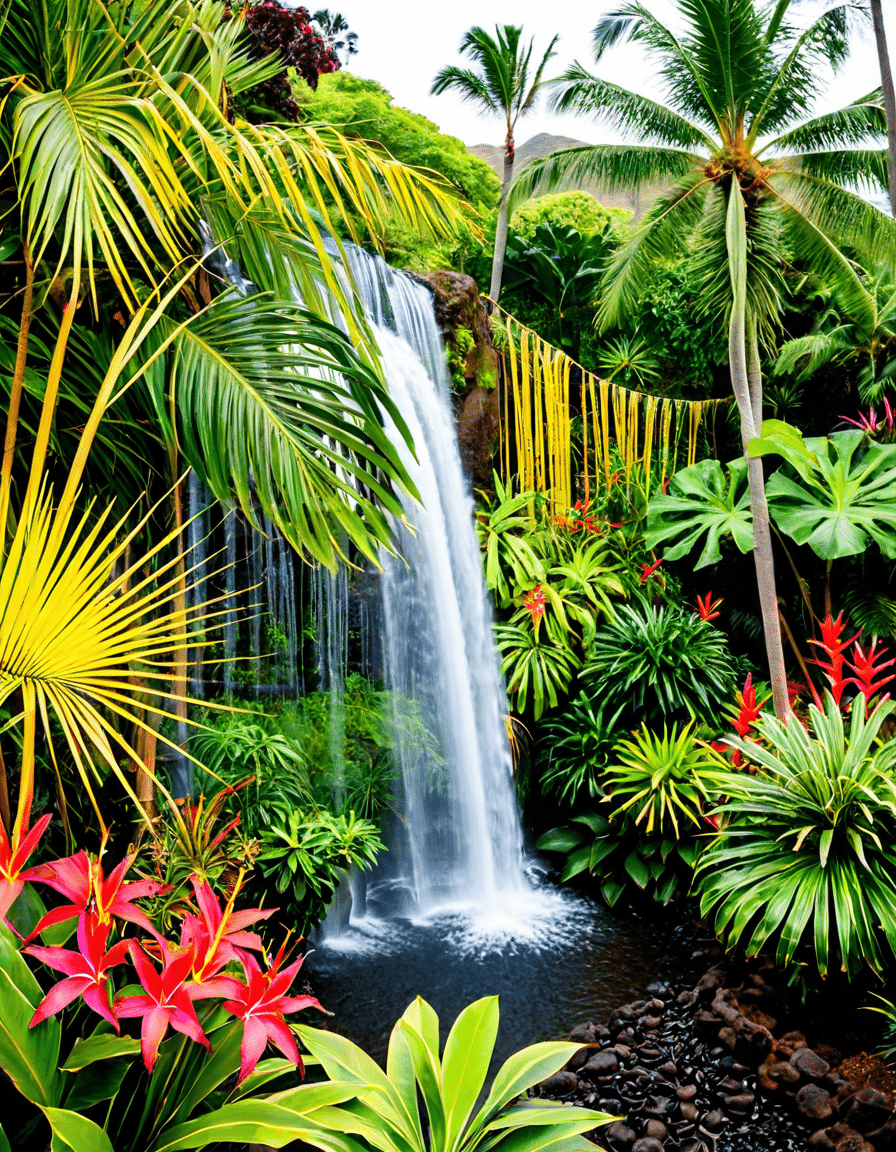
Colonial Gardens: A Contrast to Hawaiian Beauty
While Hawaiian gardens epitomize vivid tropical beauty, colonial gardens offer a different scene altogether. With structured layouts, symmetrical designs, and influences from European horticulture, these gardens present an organized charm in contrast to the more spontaneous feel of Hawaiian landscapes. Gardens like those in Virginia and Massachusetts often feature hedges, stylish trellis systems, and manicured flower beds, creating an aesthetic grounded in tradition and order.
However, exploring these colonial gardens also unearths a rich history of cultural exchange influencing garden designs worldwide. They reflect the adaptation of plant species from different corners of the globe, making them significant not just from a beautiful standpoint but also in the context of historical storytelling.
Exploring Carroll Gardens: Urban Nature Experience
In Brooklyn, New York, the neighborhood of Carroll Gardens presents an urban take on nature. This area showcases community gardens brimming with vegetables, flowers, and a sense of community spirit. These small green spaces amidst bustling city life mirror some of the tranquility found in Hawaiian gardens, providing locals with havens to socialize and enjoy the great outdoors without traveling far.
These community gardens not only beautify the environment but also encourage residents to engage with their surroundings. The closeness to nature revitalizes the urban setting, demonstrating that even in a city, one can experience the calming effects of gardening and green spaces.
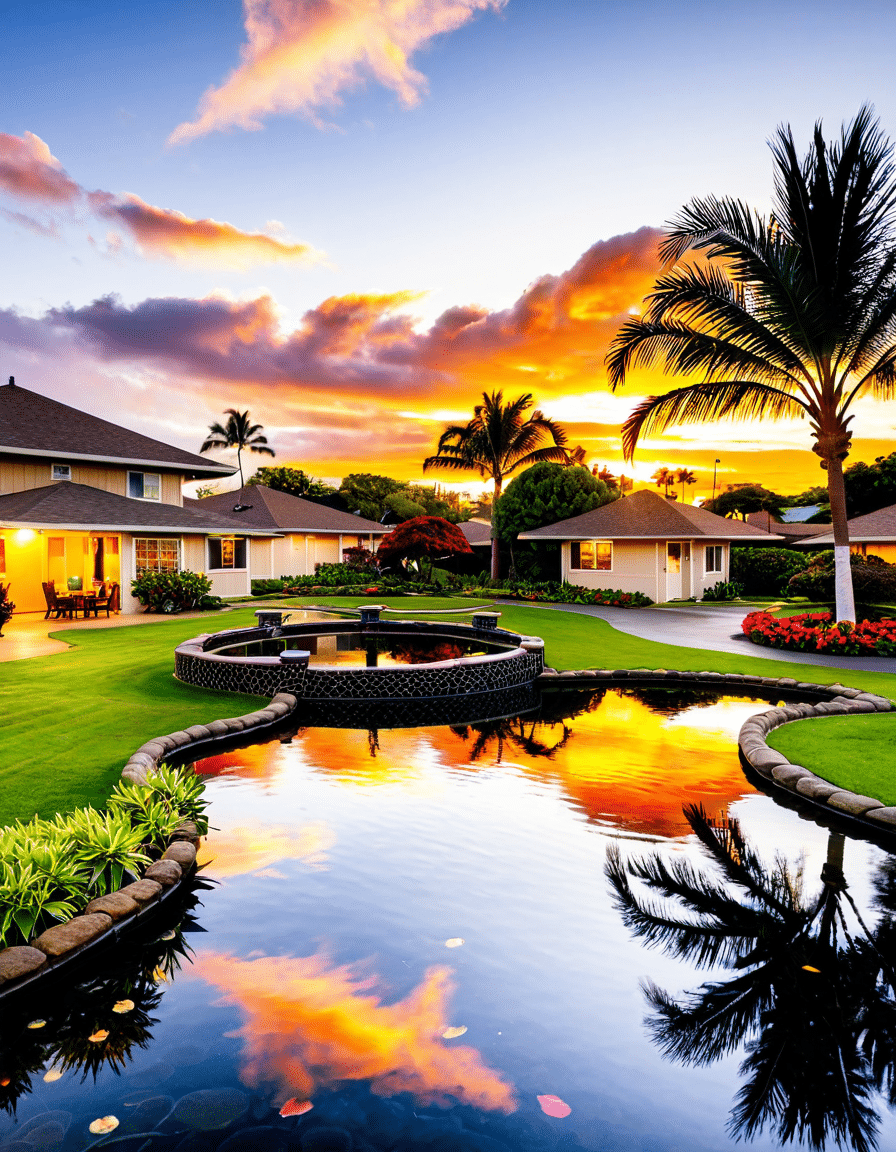
Springfield Gardens: Urban Diversity and Green Retreats
Springfield Gardens in Queens is another area enhancing urban life with greenery. This locality features parks and gardens that dot the landscape, offering residents accessible green spaces for relaxation and revitalization. By providing a blend of the urban landscape and nature, Springfield Gardens echoes the peaceful ambiance of Hawaiian gardens, emphasizing the importance of nature within diverse city settings.
Like Hawaiian gardens, the green spaces here promote wellness and community engagement, allowing residents to connect with each other and nature alike. It’s a potent reminder that nature can serve as a universal refuge—no matter where you are.
Parkway Gardens: Landscape of Hope
Located in Chicago, Parkway Gardens shines as a historic district rich with beautifully landscaped common areas. The community’s dedication to maintaining their gardens fosters pride among residents and a sense of belonging. Just like the careful efforts put into maintaining Hawaiian gardens, Parkway Gardens reflects the community’s commitment towards landscaping efforts and nurturing green spaces amidst urban living challenges.
This historic district offers a tangible connection to nature, breathing life into the city’s fabric. The collaborative spirit of the community ensures thriving ecosystems that flourish, creating a hopeful narrative of resilience through green initiative practices.
Bell Gardens: Eco-Friendly Living
In California, Bell Gardens emphasizes eco-friendly living with its public gardens dedicated to sustainability. The city’s proactive initiative to plant native species supports biodiversity and aligns with the mission of preserving nature seen in Hawaiian gardens. As residents engage in the cultivation of their landscapes, Bell Gardens emerges as a model community showcasing the growing trend prioritizing environmentally conscious practices in gardening.
These gardens contribute not only to beautifying the community but also to enhancing the ecological balance in the urban setting. Better yet, they offer a pathway for wider community engagement in eco-friendly initiatives, spotlighting the importance of being good stewards of the earth.
As we reflect on the vibrancy of Hawaiian gardens and the extraordinary natural beauty they embody, it ignites a broader conversation about garden diversity worldwide. From the structured histories of colonial gardens to the urban sanctuaries of Carroll Gardens and Springfield Gardens, the connection to nature remains universal. The joy of wandering through these gardens carries a shared commitment to preserving our natural heritage for future generations. Whether you’re strolling through a serene Hawaiian garden or enjoying an urban escape, the pulse of nature calls us all to reconnect and appreciate.
Exploring Hawaiian Gardens: A Vibrant Paradise for Nature Lovers
A Tropical Wonderland
Hawaiian gardens are truly a slice of paradise, showcasing the islands’ stunning biodiversity. Did you know that Hawaii is home to over 1,000 native plant species? This unique flora isn’t just beautiful; it plays a critical role in maintaining the local ecosystem. For those admiring nature from afar, it’s as if every flower has its own story to tell, much like how the residents of Naperville, IL, might warmly welcome newcomers with tales of their town’s charm. Speaking of stories, if you’re ever wondering “what’s tomorrow” in terms of local garden events, many Hawaiian gardens have seasonal showcases that celebrate their vibrant blooms.
Cultural Significance
The lush landscapes of Hawaiian gardens are steeped in rich cultural heritage. Traditional Hawaiian gardening practices, known as ‘loko i’a,’ blend agriculture with spiritual meaning, reflecting the islands’ respect for nature. Interestingly, this respect extends to different communities, inspiring events like Twisted Neighbor 2024, which emphasizes that every neighborhood has its own unique gardening tradition. Plus, with the rise of eco-tourism, more folks are getting involved in community gardening, reminiscent of initiatives you might find in places like Juneau, AK—showcasing how gardens can really unify people.
Celebrities and Gardens
You may be surprised to learn that Hawaiian gardens are also a favorite retreat for many celebrities, including supermodel Stephanie Seymour, who often visits to recharge. These serene spaces offer the perfect backdrop for relaxation away from the Hollywood hustle, not unlike how fans of Battlestar galactica might find inspiration in the complexity of storytelling. Just imagine strolling through a Hawaiian garden, imagining the vibrant stories that unfold within each bloom—you can truly feel the life that pulses here.
In conclusion, whether you’re an avid gardener or just someone who enjoys the beauty of nature, Hawaiian gardens offer a wealth of experiences and trivia to explore. So, next time you’re strolling through a lush expanse or planning a visit to a local garden in the South End, remember the vibrant tapestry of life and culture that Hawaiian gardens represent!

Is Hawaiian Gardens a nice area?
Hawaiian Gardens is often considered a nice area by those who appreciate its community vibe and affordability compared to nearby cities. However, as with any place, opinions on livability can vary based on individual preferences.
Why do they call it Hawaiian Gardens?
The name “Hawaiian Gardens” was chosen to evoke an island paradise vibe, highlighting the lush landscaping and tropical atmosphere that the city aimed to embody when it was developed.
How old do you have to be to go to Hawaiian Gardens?
In Hawaiian Gardens, you must be at least 18 years old to be home alone, although parents often have the final say on what’s appropriate for their kids.
Who owns Hawaiian Gardens?
Hawaiian Gardens is owned by the local government, which operates as a city within Los Angeles County, and the city itself has its own elected officials.
What is the crime rate in Hawaiian Gardens CA?
The crime rate in Hawaiian Gardens is generally higher than the national average, so it’s always a good idea to check local crime statistics and reports if safety is a concern.
Is Hawaiian Gardens the smallest city in California?
Yes, Hawaiian Gardens is recognized as the smallest city in California, covering just over a mile in area, which gives it a unique small-town feel.
What do you call a white tourist in Hawaiian?
A common term for a white tourist in Hawaiian is often “haole,” which doesn’t carry a negative connotation but serves as a descriptor for non-Hawaiians.
What do Hawaiian locals call themselves?
Locals in Hawaii commonly refer to themselves as “kanaka,” which means “person” in Hawaiian, but the term can also express a deeper connection to the land and culture.
Does Hawaiian Gardens have a police department?
Yes, Hawaiian Gardens has a police department that works to maintain public safety and community services in the area.
Are there casinos in Hawaii?
Hawaii does have casinos, but they are limited compared to other states, with most gaming options found in off-track betting or on certain Native Hawaiian reservations.
How old do you have to be to be home alone in Hawaii?
There’s no specific age limit set in Hawaii for when a child may be left home alone, but generally, kids under 10 shouldn’t be left alone without adult supervision according to local guidelines.
Do you have to be Hawaiian to go to Kamehameha High School?
No, you don’t have to be Hawaiian to attend Kamehameha High School; however, it’s primarily designed for Hawaiian students to preserve and promote their culture.
Why does Hawaiian Gardens have a casino?
Hawaiian Gardens has a casino because it was established to provide entertainment and a source of revenue for the city, contributing to local income.
Does Hawaiian Gardens have a high school?
Hawaiian Gardens does not have a high school of its own, but students typically attend schools in nearby cities.
Who is David Moskowitz CEO?
David Moskowitz is known as the CEO of a notable sports and entertainment company, but details may vary based on context or time of involvement in leadership roles.
Is Gardens a good area?
Gardens can be regarded as a decent area, with its mixture of residential and commercial spaces appealing to different types of residents and visitors.
Is Island Gardens a nice place to live?
Island Gardens is generally seen as a lovely place to live, with its waterfront views and community amenities attracting residents seeking a laid-back lifestyle.
Where in California is most like Hawaii?
Areas in California that have a tropical climate and island-like feel, resembling Hawaii, are generally found in parts of Southern California, particularly around coastal communities.
Does Hawaiian Gardens have a high school?
As previously mentioned, Hawaiian Gardens does not have its own high school but is served by schools in nearby communities for educational needs.

